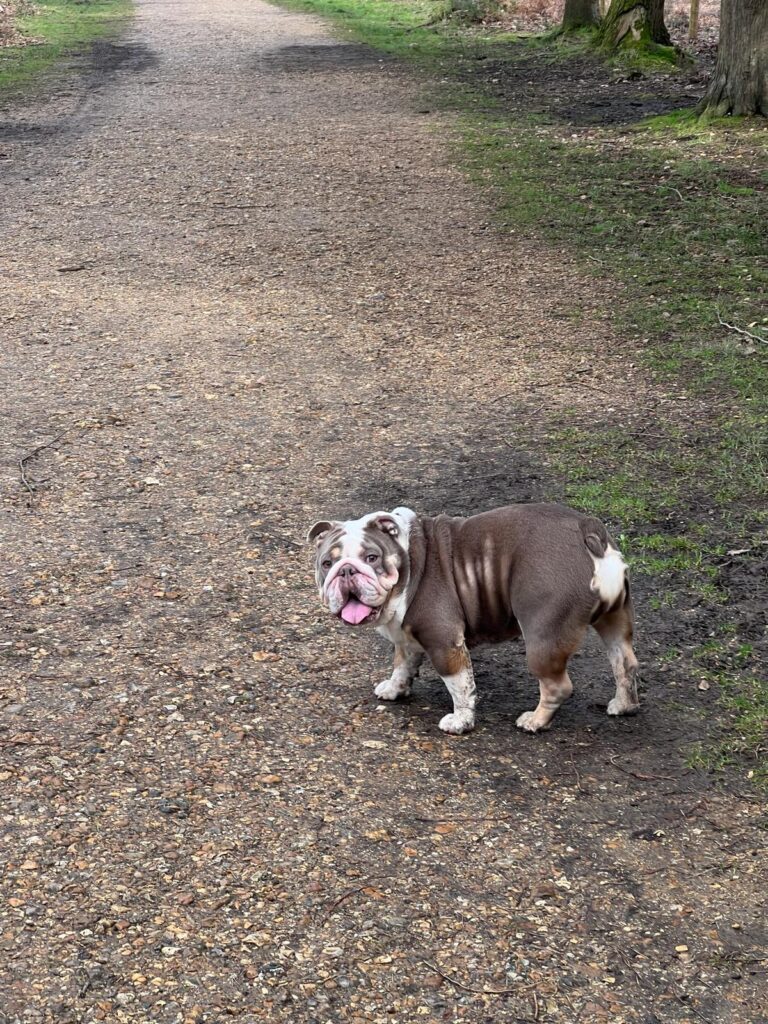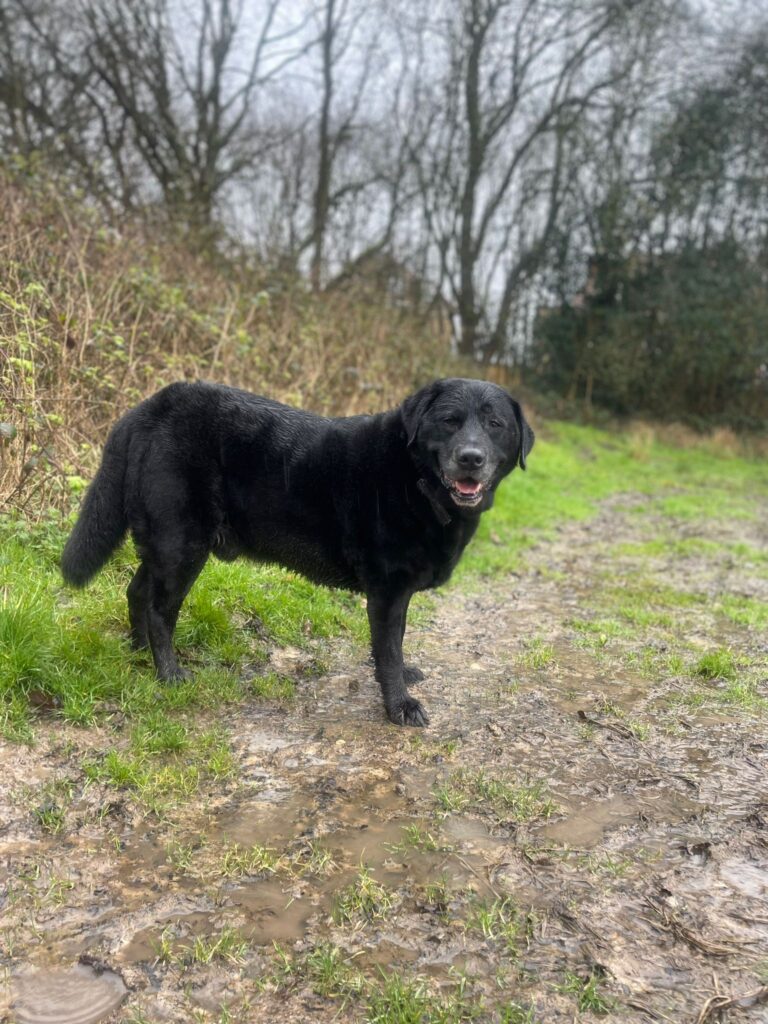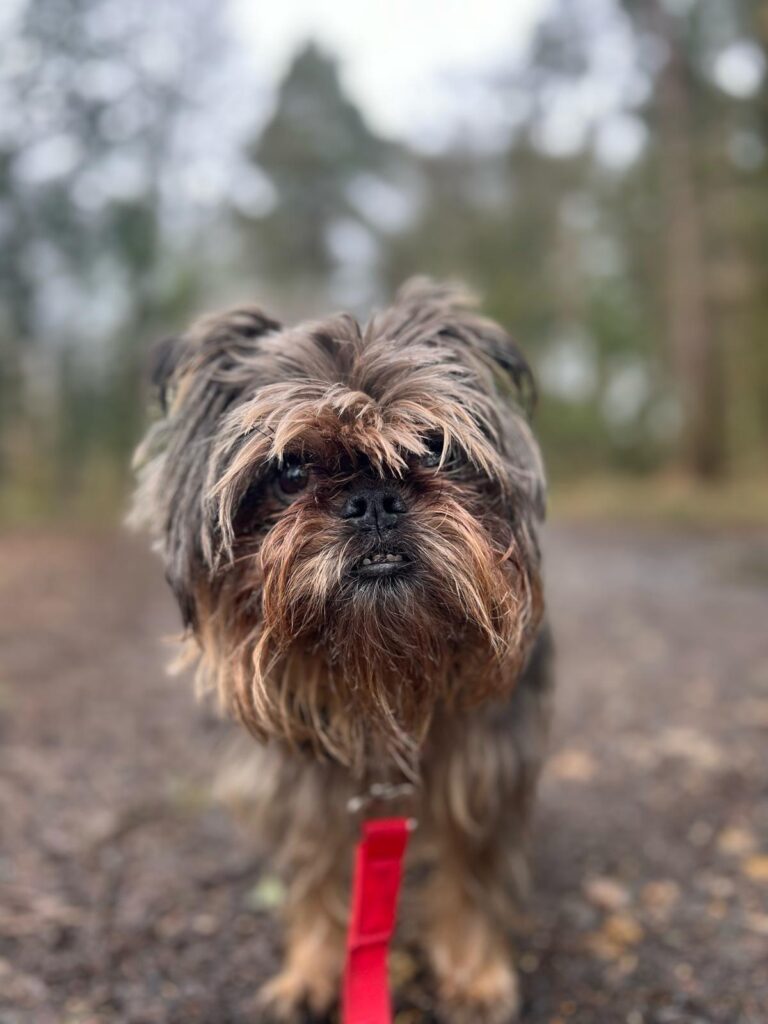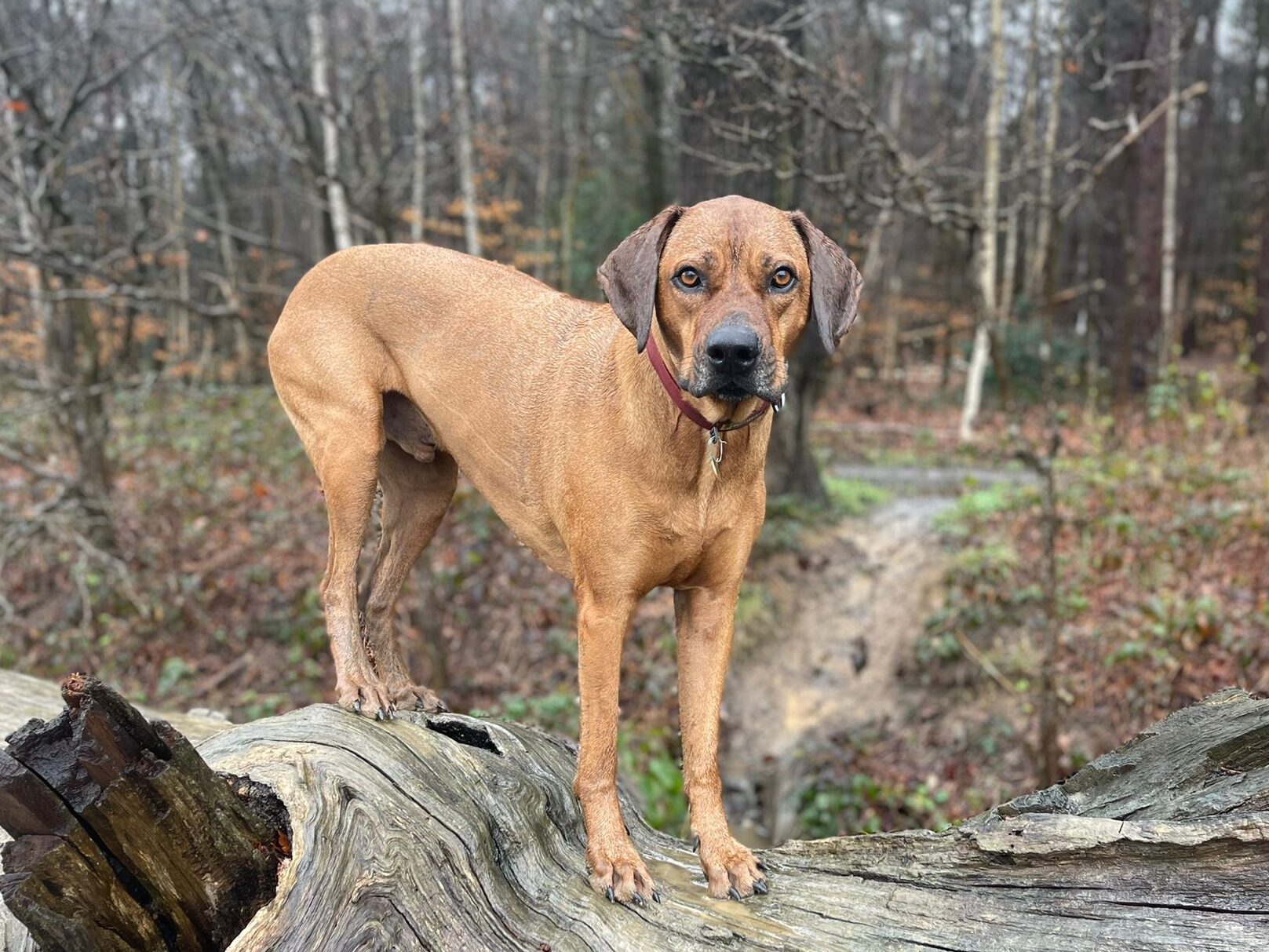Many dogs experience anxiety when it comes to riding in cars. This can be a stressful situation for both the dog and their owner. However, there are several tips that can help your furry friend overcome their car anxiety.
1. Don’t go all in straight away

Firstly, start by taking short trips in the car to gradually acclimate your dog to the experience. If they’re extremely anxious, begin by getting your dog comfortable with the car while it is stationary. Allow them to explore the inside of the car and reward them with treats for positive behaviour. Gradually increase the amount of time spent in the car until your dog feels at ease. Next, take short drives around up and down the street to help your dog get used to the movement and sounds of the car. Make sure to provide plenty of praise and rewards for calm behaviour during these trips. Gradually increase the distance, and voila! In no time, you’ll have a pooch who is confident and happy in the car!
Find out more here
2. Create a positive association

Secondly, create a positive association with the car by giving your dog treats or toys during car rides. This will help them associate the car with something enjoyable. Make sure to praise them lots too to reward their good behaviour!
Find out more here
3. Consider calming aids

Canine calming aids work by targeting the dog’s nervous system and promoting a sense of calmness and relaxation, reducing anxiety. One common type of calming aid is a pheromone diffuser, which releases synthetic versions of calming pheromones that mimic those produced by nursing mother dogs. These pheromones help to create a sense of security and comfort for the dog, reducing anxiety levels. Another popular option is herbal supplements, such as chamomile or valerian root, which have natural calming properties that can help soothe an anxious dog’s nerves. Additionally, some calming aids use pressure points or gentle compression to provide a comforting sensation for the dog, similar to swaddling a baby.
Find out more here
4. Secure your dog

Ensure your dog is properly secured in the car to ensure their safety and comfort. One option is to use a pet seat belt or harness that attaches to the car’s seat belt system. This will prevent your dog from roaming around the car and potentially causing distractions for the driver. Another option is a pet carrier or crate that can be secured in place with a seatbelt or other restraints. It’s important to make sure your dog is comfortable and has enough room to move around, but also secure enough so they can’t escape or get injured in case of an accident.
Find out more here
5. Don’t be afraid to seek professional help

Lastly, consult with a professional trainer or behaviourist if your dog’s anxiety persists despite these efforts. A dog behaviourist is trained to understand and address the underlying issues that may be causing your dog’s discomfort in the car. By working closely with a behaviourist or a trainer, you can develop a customised training plan that focuses on desensitising your dog to the sights, sounds, and sensations of being in a vehicle.
Find out more here

